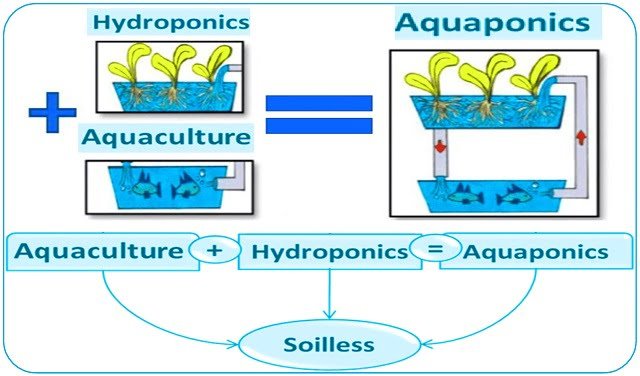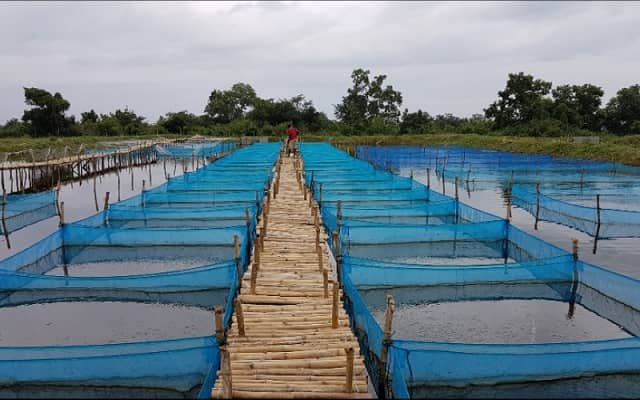An EU-funded team’s novel precision aquaculture technology helps farmers predict water quality events that could affect mussel and oyster culture and lead to site closures.
Aquaculture is the fastest growing animal food producing sector in the world. But in the past, it has lagged behind other food sectors in adopting more efficient information systems. Now, driven by the vision of sustainable development, the aquaculture sector is rapidly introducing technologies that will make greener, more efficient fish farm management a reality.
One such area of innovation is precision aquaculture. This technology makes use of a variety of interconnected sensors to monitor fish farm conditions and help farmers make decisions that optimise fish health and economic returns, while also minimising environmental impacts. In other words, precision aquaculture has the potential to transform the aquaculture industry.
A recent article posted on the ‘Global Seafood Alliance’ website focuses on the sustainable production of cultured bivalves – mussels and oysters – using this technology. The article is the fifth in a series published on precision aquaculture with support from the EU-funded GAIN project. Following on the heels of four articles introducing precision aquaculture and its application in trout farming, the Mediterranean sea bass and bream industry and the salmon industry, this latest article deals with bivalve culture.
Tackling the risks of bivalve culture
The article discusses the novel precision aquaculture tools developed by the GAIN team to help predict water quality events that affect bivalve culture and result in site closures. “The production of cultured bivalves is reliant on optimum water quality conditions, often beyond the farmers’ control. Specific water quality events, like algal blooms, nutrient upwelling or urban runoff can lead to regulatory closures of bivalve sites to prevent contaminated bivalves from entering markets, causing severe economic consequences for the farmers. The scale and intensity of these water quality events are difficult to predict because they are caused by complex combinations of multiple and interacting factors,” the authors explain.
To provide bivalve farmers with an early warning system and promote better prediction and management decisions, the team used machine learning-based tools to model environmental conditions. Data used for modelling included in situ environmental sensors, satellite and open ocean data, weather data, and temperature and current patterns, all of which are compared with data from past site closures. Data sources were integrated into a cloud-based platform that enables real-time monitoring of bivalve aquaculture sites.
“The modelling and machine learning also incorporated requisite data for statutory requirements for state and EU legislation, including the Water Framework Directive (‘good ecological status’) and the Marine Strategy Framework Directive (‘good environmental status’). Storing the data in a centralized cloud-based solution will also help farms attain sustainability certifications,” the article states.
Stay Always Informed
Join our communities to instantly receive the most important news, reports, and analysis from the aquaculture industry.
The trials were conducted at the Sagres pilot site on the Algarve coast in south-west Portugal. However, the use of machine learning to form site-specific predictive models makes the technology easily adaptable to bivalve farms in other locations.
The research identified huge variations in closure conditions “between sites, highlighting the need for modelling techniques and machine learning that use data specific to each site and its history to predict closure conditions.” Based on semi-automated machine learning, the team’s precision aquaculture tools “enable this level of accuracy.” The GAIN (Green Aquaculture Intensification in Europe) team has now reached the stage of final product testing for the industry.
For more information, please see:
GAIN project website
Editor at the digital magazine AquaHoy. He holds a degree in Aquaculture Biology from the National University of Santa (UNS) and a Master’s degree in Science and Innovation Management from the Polytechnic University of Valencia, with postgraduate diplomas in Business Innovation and Innovation Management. He possesses extensive experience in the aquaculture and fisheries sector, having led the Fisheries Innovation Unit of the National Program for Innovation in Fisheries and Aquaculture (PNIPA). He has served as a senior consultant in technology watch, an innovation project formulator and advisor, and a lecturer at UNS. He is a member of the Peruvian College of Biologists and was recognized by the World Aquaculture Society (WAS) in 2016 for his contribution to aquaculture.




